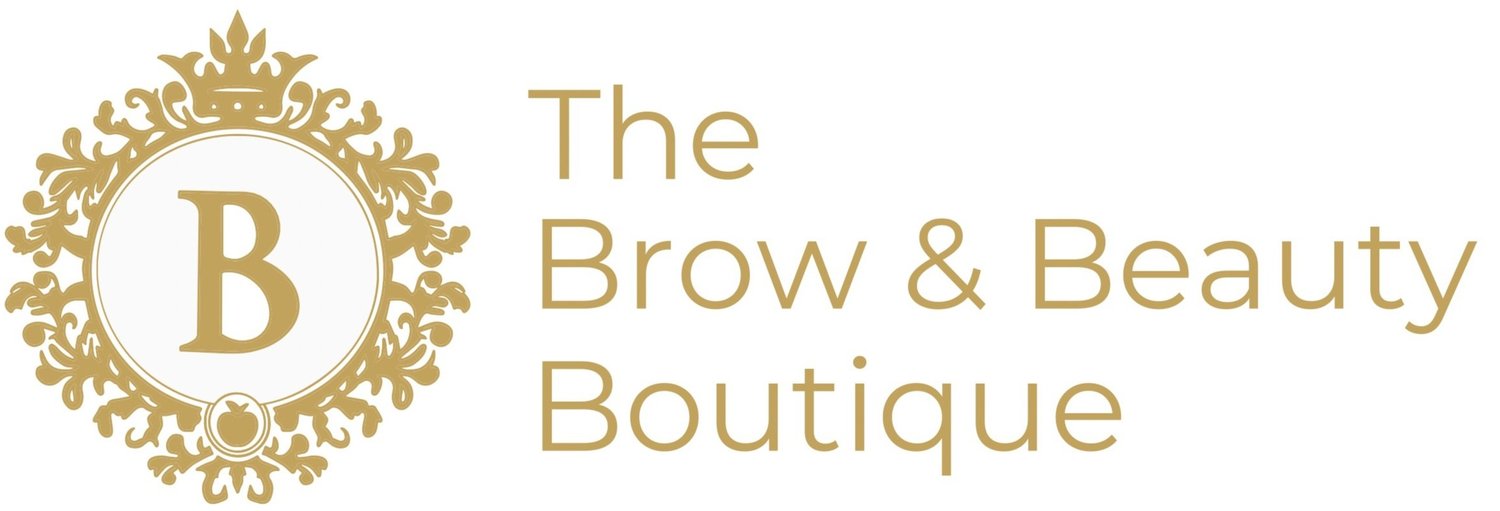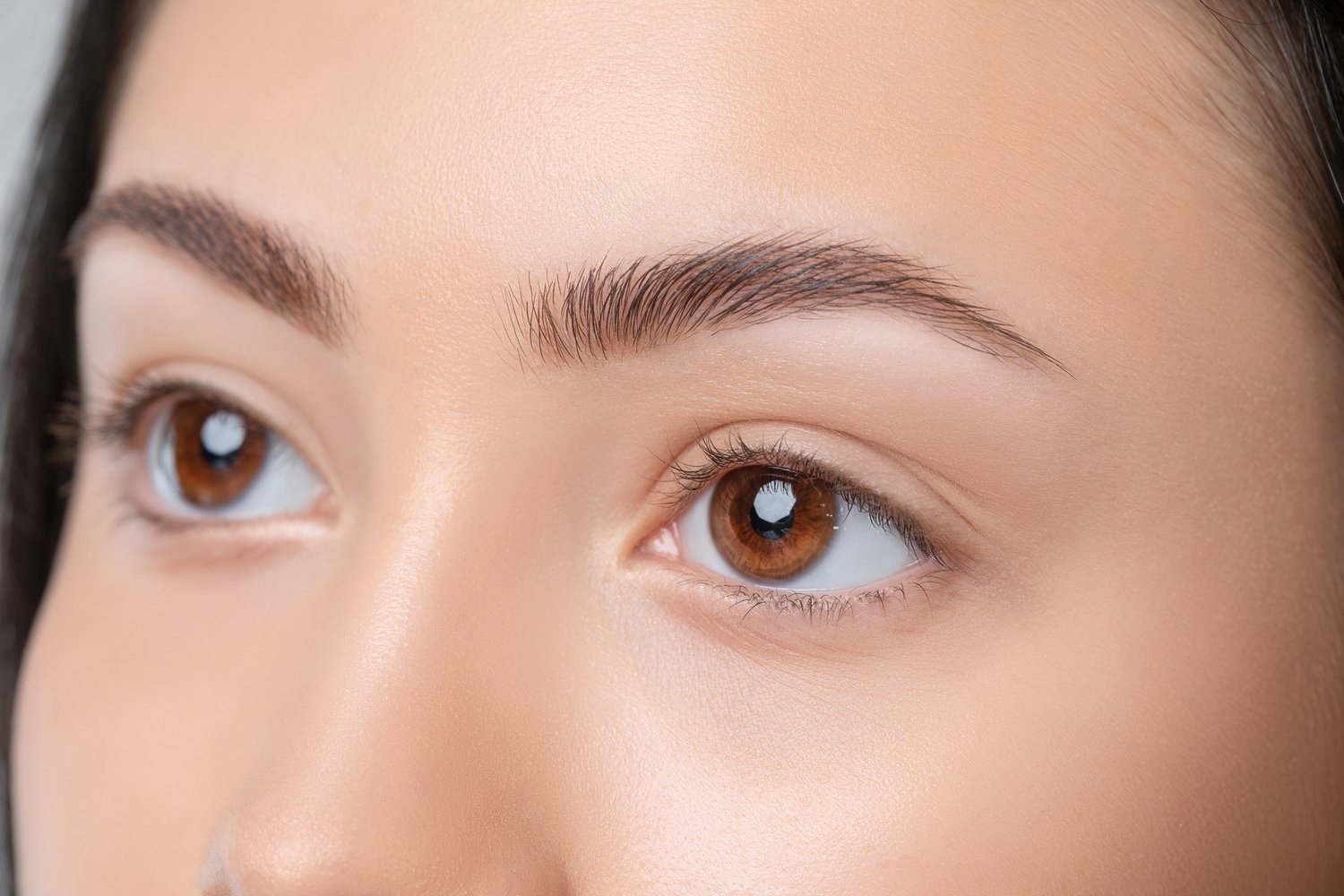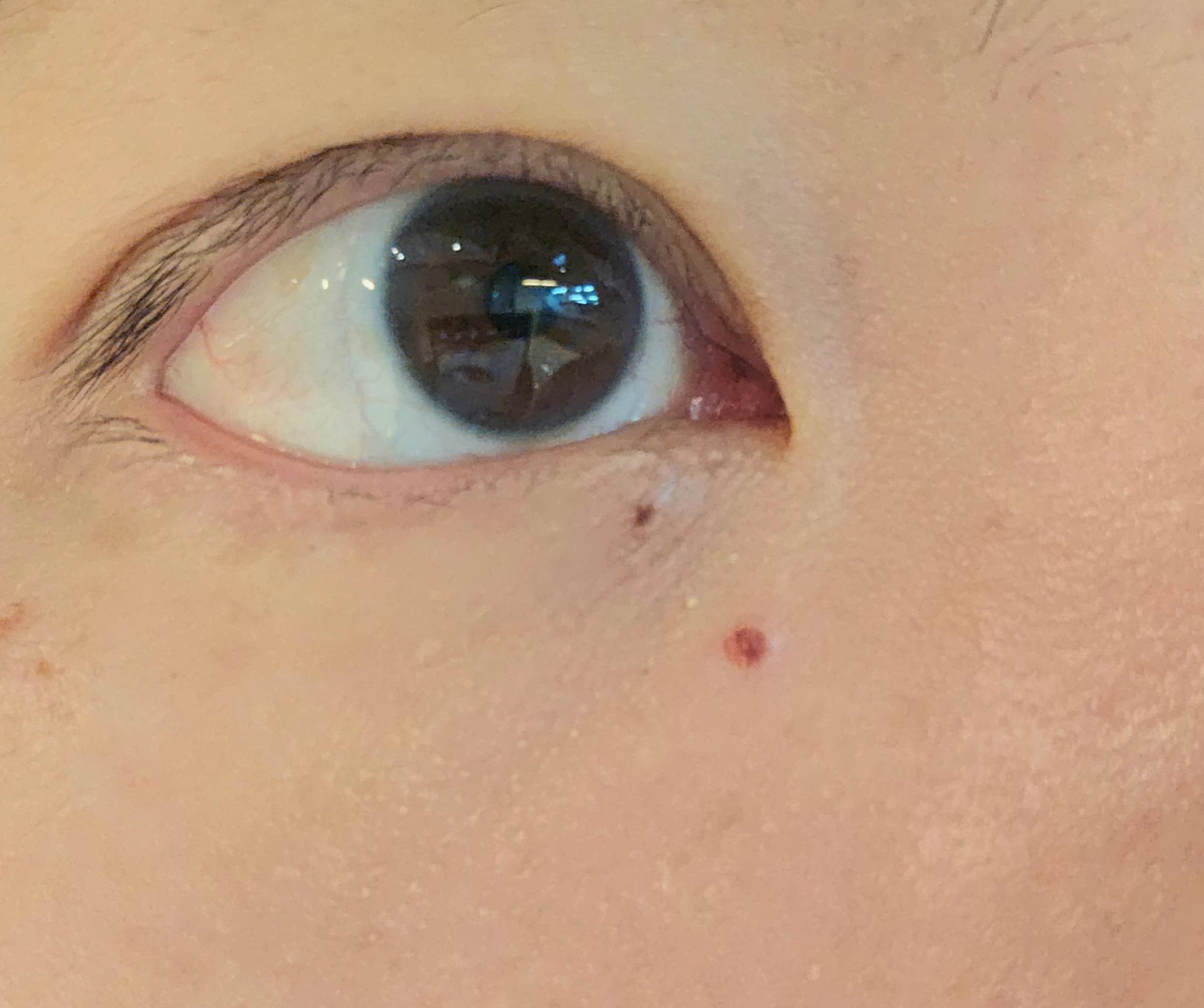Milia Removal for Flawless Confidence
Milia Seed Removal
Clearer Skin, Painlessly Perfected
Our Milia Seed Removal (also known as Milia extraction), service is designed to effectively and painlessly remove those small, white or yellowish cysts known as milia. Using state-of-the-art high-temperature plasma technology, we target the trapped keratin beneath your skin, causing the milia to disintegrate without harming the surrounding tissue. This advanced procedure not only ensures a swift removal but also promotes smoother, clearer skin with minimal recovery time.
Our specialized process includes a detailed consultation to identify and mark the affected areas, the application of a numbing cream for a comfortable experience, and precise removal with a plasma pen. Achieve flawless confidence with us at the Brow & Beauty Boutique where we have unlocked the secrets to clearer skin, painlessly perfected!
What are Milia Seeds
Milia seeds, often referred to simply as milia, are small, white or yellowish cysts that typically appear on the face, especially around the eyes and cheeks. These tiny bumps are caused by keratin trapped beneath the surface of the skin, forming small, hard lumps. Unlike acne, milia do not have an opening on the surface of the skin, which makes them more challenging to remove with typical facial treatments.
Appearance: Small, white or yellowish bumps.
Cause: Trapped keratin beneath the skin.
Common Locations: Face, especially around the eyes and cheeks.
Removal process
At The Brow & Beauty Boutique, we specialize in the safe and effective removal of milia seeds using high-temperature plasma technology. This advanced procedure involves applying a focused plasma beam to the affected area. The plasma generates high heat, which precisely targets the keratin stored under the skin, causing the milia to disintegrate without damaging the surrounding tissue. The treated area is left to heal, leading to clearer and smoother skin.
Technology: High-temperature plasma.
Process: The plasma beam targets and disintegrates the keratin.
Outcome: Clearer and smoother skin with minimal downtime.
Before & After Results
The process
Before removal
Identification of Quantity
Removed Milia seeds
Post plasma removal
Healed results
After 1 week

-
We use a high-temperature plasma pen to safely burn off the keratin within the milia seeds. The plasma pen generates high heat, which targets and disintegrates the trapped keratin, effectively removing the milia without damaging surrounding skin
-
No, the procedure is painless. We apply a numbing cream beforehand to ensure your comfort throughout the treatment. Most clients experience no discomfort during the procedure. during the removal process you will feel a little tingle and smell some burning keratin as the seeds are removed.
-
The time required depends on the number and size of the milia seeds being treated, typically taking around 15 - 45 minutes.
-
There is no downtime after the procedure. You can resume your normal activities immediately, although some redness or mild swelling may occur at the treatment site.
-
Aftercare Instructions
✔️ Gently cleanse with a mild cleansing foam on the first day.
✔️ Allow scabs to fall off naturally; avoid picking at them.
✔️ Begin applying sunscreen daily after 5 days. For the first 5 days, use minimal sunscreen to reduce rubbing during makeup removal. -
Healing time varies. For small milia seeds, there is usually no downtime and no scabbing. For larger milia seeds, light scabbing may occur within 2 to 3 days, with complete healing typically achieved within one week. Following the aftercare instructions carefully can help ensure a smooth and swift recovery.
-
Yes, the milia seed removal process is suitable for all skin types. Our artist will assess your skin during the consultation to ensure the treatment is appropriate for you.
-
Maintaining a good skincare routine, including regular exfoliation and using non-comedogenic products, can help reduce the likelihood of new milia forming. Avoiding excessive sun exposure and using sunscreen can also help prevent recurrence.
-
While our Milia Seed Removal service effectively eliminates existing milia, it is possible for new milia seeds to develop over time. Factors such as skin type, skincare routine, and exposure to sun and harsh skincare products can contribute to the formation of new milia. To minimize the likelihood of recurrence, we recommend following a good skincare regimen, including regular exfoliation and the use of non-comedogenic products. Avoiding excessive sun exposure and applying sunscreen can also help prevent the formation of new milia.
-
The cost for milia seed removal depends on the size of the milia:
• For milia seeds under 1mm, the cost is $5 per milia seed.
• For milia seeds over 1mm in size, the cost is $10 per milia seed.
• For milia seeds larger than 5mm, the price will be determined after an initial assessment.
This pricing ensures that you only pay for the treatment you need, making it a cost-effective solution for achieving clear, smooth skin. For more detailed information, please consult with our specialists during your visit.
-
Yes, the same method will be used to remove warts and moles, and the pricing is the same.
Frequently Asked Questions
-
Consultation and Examination: The process begins with a thorough consultation where our specialist examines your skin to identify the areas affected by milia seeds. During this examination, the specialist will assess the size, location, and number of milia seeds to be removed. This step is crucial to create a tailored treatment plan and ensure all affected areas are addressed.
Marking the Areas: The identified milia seeds are then marked on your skin to guide the removal process. This ensures precision and thoroughness during the treatment.
-
Preparation: Before the removal procedure, a topical numbing cream is applied to the marked areas. This cream helps minimize any discomfort during the treatment.
Waiting Period: The numbing cream needs to be left on the skin for about 15 minutes to take full effect. This waiting period ensures that the treatment will be as comfortable as possible.
-
Plasma Pen Procedure: After numbing, our specialist uses a high-temperature plasma pen to target and remove the milia seeds. The tip of the plasma pen generates high-temperature plasma which is used to burn off the keratin within the milia seeds. This process involves applying the plasma beam to each milia, causing the trapped keratin to disintegrate.
Sensory Experience: During the procedure, you might notice a slight smell as the keratin burns off. This is a normal part of the process and indicates that the plasma pen is effectively treating the milia.
Precision and Care: The plasma pen enables precise treatment, targeting the milia seeds without affecting the surrounding skin. The specialist carefully removes all marked milia to ensure thorough and effective treatment.
-
Immediate Aftercare: Post-procedure, the treated areas may exhibit slight redness or swelling, although this is uncommon. Our specialist will clean these areas and provide immediate aftercare instructions to help soothe and protect the skin.
Long-Term Care: Detailed advice on long-term skin care will be provided, including tips on maintaining a good skincare routine to prevent future milia. Recommendations may include regular exfoliation and the use of non-comedogenic products.
Follow-Up Appointment: A follow-up appointment is usually scheduled to monitor your skin's healing process. This appointment ensures the treated areas are healing well and allows for any necessary touch-ups.
The process & What to expect
Milia, also known as “milk spots,” are small, white or yellowish cysts that commonly appear on the skin, especially around the eyes and cheeks. These tiny bumps are formed by trapped keratin under the skin’s surface and are often mistaken for other skin conditions such as whiteheads or baby acne. In medical contexts, milia may also be referred to as “epidermoid cysts” or “keratin bumps.” These terms highlight the nature of the bumps, which are harmless and generally painless. For broader understanding and to reach a wider audience, it is useful to recognize that milia might also be called “sebaceous cysts” or simply “skin cysts,” despite subtle differences. Whether you’re dealing with “milium” (the singular form) or a cluster of these bumps, it’s important to know that they are common and can affect individuals of all ages .











